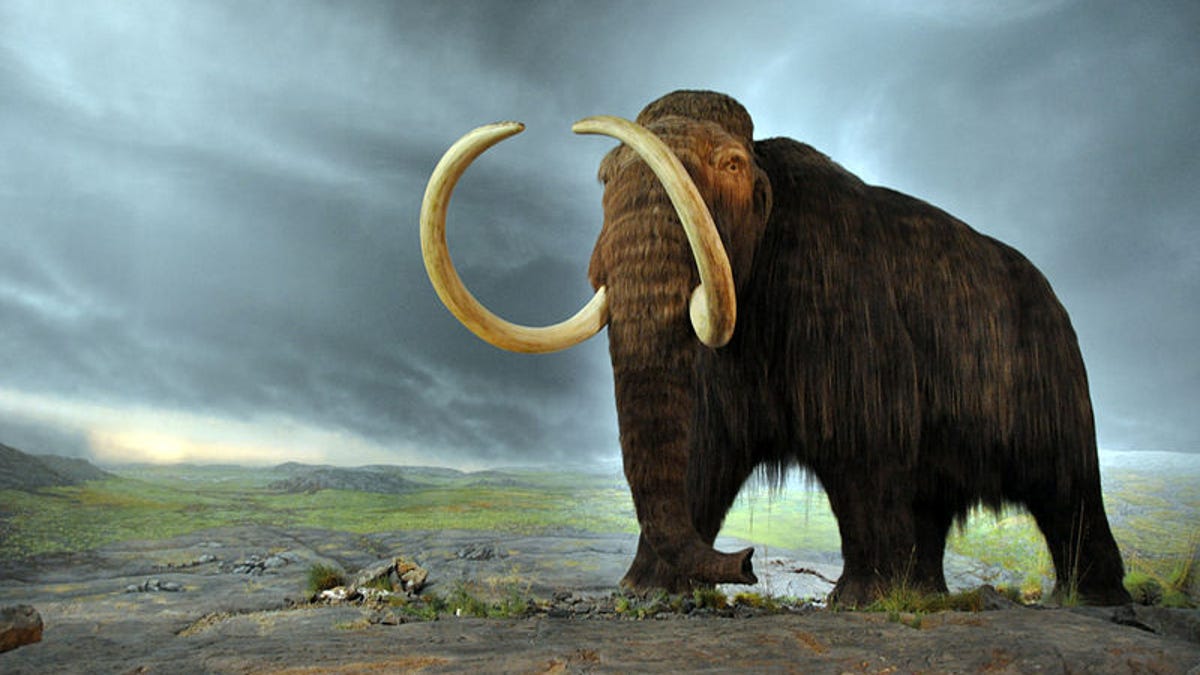The story of woolly mammoths' last stand on an Alaskan island
Isolated in the Bering Sea, woolly mammoths outlasted their mainland counterparts for thousands of years. But their eventual demise provides a cautionary tale for today.

Island life for these guys was destined to end.
Today a few hundred hardy humans live on St. Paul Island in the Bering Sea. Thousands of years ago some of the last groups of woolly mammoths on Earth managed to survive on the remote Alaskan island long after mammoths on the mainland had vanished.
New research precisely dates the extinction of mammoths on the island within 100 years give or take, to 5,600 years ago. It also provides a cautionary tale about the stresses climate change can put on resources essential to the survival of all species, including humans. The research was published Monday in the Proceedings of the National Academies of Sciences.
St. Paul Island is a leftover remnant of the Bering Land Bridge that once connected Asia and North America until climate change caused it to disappear beneath rising seas, stranding the huge animals on an island that also continued to shrink.
But sometimes isolation can be a good thing. It's possible that the St. Paul mammoths lasted thousands of years longer than those on the mainland precisely because they were relatively cut off from other threats to their survival like ancient Unangan hunters, ancestors of the Aleut people who populate St. Paul and many other Bering Sea islands today.
The lack of evidence of prehistoric peoples on the island at the time the mammoths were there has led researchers to conclude a lack of freshwater finally did the giants in.
"It paints a dire picture of the situation for these mammoths," said study co-author Matthew Wooller, director of the Alaska Stable Isotope Facility at the University of Alaska Fairbanks, in a news release. "Freshwater resources look like the smoking gun for what pushed them into this untenable situation."
The researchers looked at sediment cores from a lake on St. Paul Island and other evidence from prehistoric insect remains, fungus and mammoth bones. They determined that warming conditions led to decreases in freshwater levels and quality. The theory is that rising sea levels shrunk the island, crowding the mammoths around their limited water sources. That crowding led the water to become more cloudy and turgid, and the vegetation around the lake likely suffered as well.
Modern elephants will dig holes near water sources when they become cloudy or fouled to get at more pure freshwater. The researchers suspect the mammoths may have accelerated their demise by further damaging shoreline vegetation and lowering the lake level even more through this behavior.
While the mammoths on the island could have hastened their own demise, a changing climate was the driving force behind their eventual extinction. Wooller says modern climate change could shift conditions even more quickly than the changes that finally did in woolly mammoths, despite their final stands on islands like St. Paul.
It's a relevant history lesson, not just for endangered species, but perhaps for humans as well. Makes you wonder what activities we're engaging in now that are analogous to those ancient mammoths digging holes in a remote lakeshore.
Ironically, there is an effort under way that proposes to help slow climate change by, believe it or not, actually resurrecting the woolly mammoth to roam the tundra again. Hopefully they'd have plenty of access to clean water.

